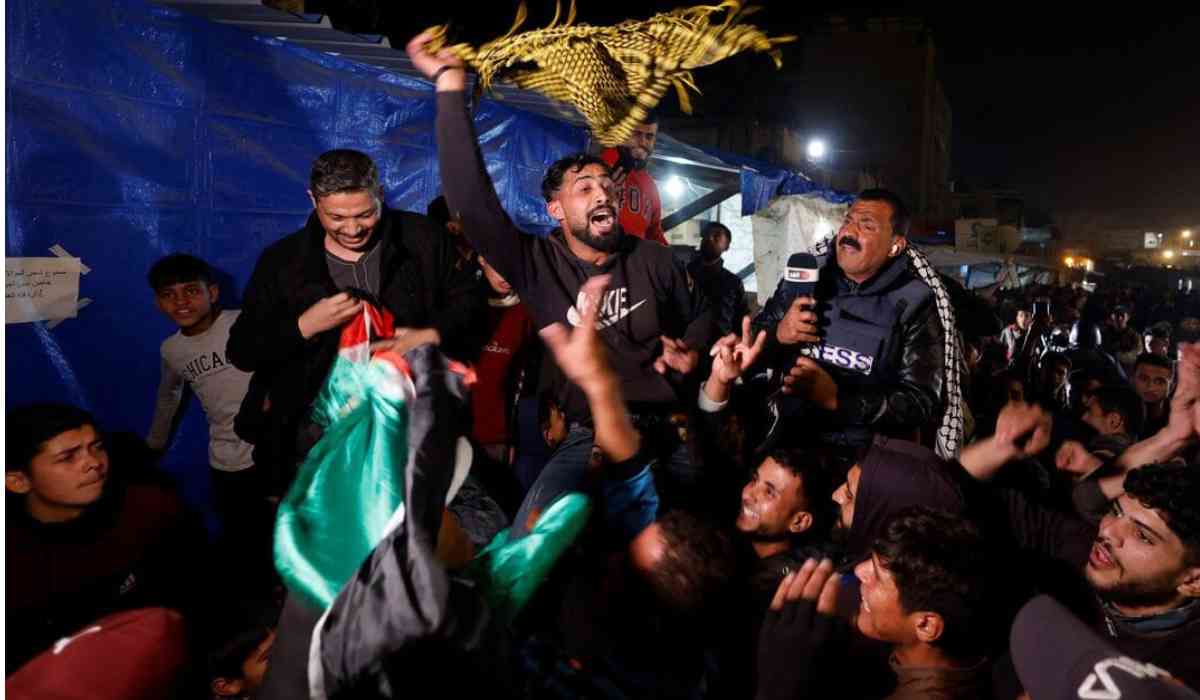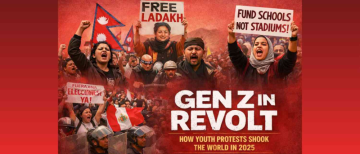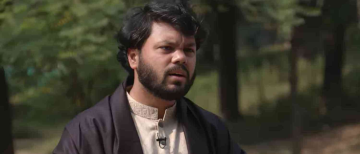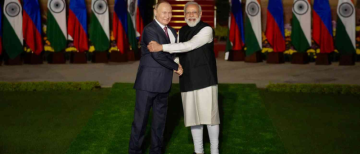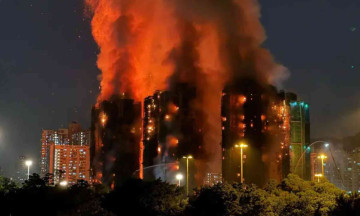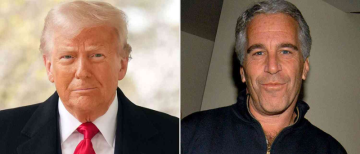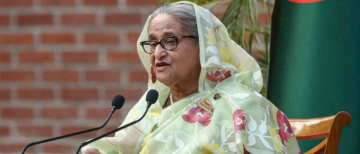The Gaza-Israel ceasefire deal has caught the world's eye. As the ceasefire is at its closest point confirmed by Qatar, the agreement lays out an important plan for bringing peace to the area. This carefully crafted three-phase approach includes major actions like prisoner swaps, troop pullbacks, and ongoing talks to promote lasting stability. Each phase focuses on key issues for both sides, giving hope for lowered tensions and better teamwork.
Let's understand the agreement in 10 main points, providing a clear view of its key elements and possible effects on the region.
Ceasefire Initiation
After 15 months of fierce fighting that claimed over 46,000 lives, Israel and Hamas have reached a ceasefire agreement. This deal may pave the way for ending the war that started after the October 2023 attacks.
Qatar’s Prime Minister Sheikh Mohammed bin Abdulrahman bin Jassim Al Thani announced the ceasefire deal on Wednesday, January 15. He stated, “The two belligerents in the Gaza Strip have reached a deal”.
He mentioned that the ceasefire deal would start on Sunday, January 19. He added, “We hope that this will be the last page of the war, and we hope that all parties will commit to implementing all the terms of this agreement”
The 3-Point Agreement: Explained
First Phase: Release of prisoners of war
- The significant ceasefire agreement is expected to happen in three stages. The deal will be initiated with Gaza releasing 33 Israeli captives. In return, Israel will release 50 Palestinian prisoners for every female soldier freed and 30 prisoners for each civilian released.
- The mutual location where the prisoners will be handed over is yet to be decided. However, anyone who has a record of a murder(s) or any kind of deadly attack would not be released to the Israeli-occupied West Bank. Individuals involved in the attack on Israel on October 7, 2023, will also not be free.
- Israel will not completely withdraw its troops from Gaza until all hostages are returned. There will be a gradual pullback.
- Israeli forces will stay near the border to protect towns and villages. Israel will pull out from parts of the Philadelphi Corridor, which borders Egypt. It will set up security measures in that area after the first phase of the ceasefire agreement.
- On the 16th day after the deal begins, talks will start on a second phase. It will aim to secure the return of the remaining living hostages, including male soldiers and younger civilian males, as well as the return of the bodies of deceased hostages.
Second Phase: Negotiations and Long-Term Solutions
- The second phase will start 16 days after the ceasefire begins. It will focus on talks for the release of remaining hostages, including male soldiers and younger civilians.
Third Phase: Security Measures and Humanitarian Aid
- The focus would be on long-term plans, such as creating a new governing body in Gaza and making plans for its rebuilding.
- As part of the agreement, security checks will be carried out by an international group. It will allow one million Palestinians to return to northern Gaza.
- Unarmed residents of North Gaza will be permitted back. A system will be set in place to ensure that no weapons are brought in.
- The Rafah crossing between Egypt and Gaza will gradually reopen, helping to boost humanitarian aid to the area while making sure that no weapons enter Gaza.
Who are the Big Proponents of The Ceasefire
When questioned who will oversee the implementation of the truce between Israel and Hamas, Qatar's Prime Minister Al Thani stated that the US, Egypt, and Qatar have established a mechanism to ensure that neither side violates the ceasefire.
Celebrations Begin in Gaza
As a matter of fact, the current ceasefire is not the first of its kind. In the 15-month-long war and attack between Israel and Gaza, the first ceasefire was arranged in November 2023. It lasted for just one week and did not bring any significant relief to those suffering from the war on either side.
However, the current ceasefire agreement is bringing new hopes to the victims of war and the world. The people of Gaza are in celebration of the end of their suffering. “We need a lot of rest. As soon as the truce begins, I will go to the cemetery to visit my brother and family members. We buried them in the Deir el-Balah cemetery without proper graves. We will build them new graves and write their names on them.” says Randa Sameeh, a 45-year-old who moved from Gaza City to the Nuseirat Camp in the center of the territory.
With inputs from agencies
Image Source: Multiple agencies
The views expressed are personal to the author and do not reflect the platform's opinion of the same.
© Copyright 2024. All Rights Reserved Powered by Vygr Media.
Author's Profile
Ayushi is passionate about creating content that not only interests the reader but actually helps them add to their knowledge. Holding a degree in science, Ayushi is exploring her creative writing as she transforms ideas into compelling narratives that resonate with readers.

